
For most of the last 40 years - at least since Tip O'Neill or one of his aides coined the term - the third rail of US politics has been Social Security.
It is strange to think about. We are all MMTers now, after all, and what're a few trillion dollars among friends? In 2021, entitlement reform is a third rail in the same way that a high-voltage power line is a third rail. Sure, it will electrocute you, but who is going to go through the trouble of getting to it? We didn't stop talking about entitlement reform because people were too afraid of it. We stopped talking about entitlement reform because neither of the two parties has even the faintest interest in it.
Yet even during its heyday, I would argue that Social Security was never really America's third rail. Politicians talked about it all the time, even if half of their conversations consisted of calling it a third rail. A true third rail would be an issue or policy that everyone was too afraid to even bring up in that context. It would be a topic we were too afraid to discuss at all.
I think there are a handful of these topics. Teacher unions are one of them.
And that third rail status might be changing, if only for a short while.
The California GOP held its spring convention over the last few days. Now, hope springs eternal for the GOP in California in the same way (if far less credibly) that it does for Democrats in Texas. In a big state, there is always some Narrative to spin about a huge population group that can be turned - or turned out - to shift historical voting behaviors. That is especially true if you've got at least one well-known hotbed of traditional opposition (e.g. anything north of Chico, or the People's Republic of Austin, respectively) in the state.
In his address to the convention, Karl Rove expressed a typical flavor of this optimism. He argued that a diverse working class could be brought into the Republican fold in California. It was not too dissimilar from the arguments Donald Trump himself relied on in 2016. But this time, Rove and other speakers were light on mentions of former President Trump as a mechanism for achieving this electoral flip. Instead, they suggested the promotion of narratives around the various misdeeds and missteps of the San Francisco School Board, teacher unions and Thomas Keller superfan Gavin Newsom.
Politico covered some of this in an article over the weekend.
CAGOP: Putting TRUMP in rearview mirror? [Politico]
...The convention was largely devoid of any mention of the single biggest influence and driver of enthusiasm in the party’s grassroots over the last four years. Republican strategist Karl Rove failed to even mention Trump’s recent tenure in the White House — and suggested that the San Francisco School Board may be more on voters’ minds this year.
Now, I don't know if Rove is correct. Speaking personally, I suspect that avoiding the mention of Trump in either a favorable or unfavorable light probably reflects more of a Roveian keep-your-options-open strategy than any kind of well-considered view on Rove's part about what is going to matter to voters in any coming elections. At any rate, you don't need me to develop your own opinion on the reality of how state GOP conventions are grappling with the World After Trump.
What I DO know is that in Narrative World, Rove isn't entirely wrong. School boards spending time renaming Abraham Lincoln Middle School or something while many teacher unions oppose safe school re-openings and make fun of parents who 'want their babysitters back' absolutely makes for a powerful narrative. Is that narrative powerful enough to move teacher unions out of third rail status?
It is early, and the switches on this rail are very hard to throw.
On the one hand, the generally public sector union-friendly Democratic party has a decent control on power at the federal legislative level and in many states. On the other hand, you could observe that many of the same things are true about national media - and the narrative structure of teacher unions present in national media has changed over the last several months.
A lot.
To establish a baseline, we can take a look at just five years ago, in 2016. At that time, our analysis of linguistic centrality indicates that there were three distinct narratives about teacher unions: (1) unions in our area are fighting for a fair contract, (2) unions are joining the fight against testing obsession and (3) teachers and students alike are harmed by the underfunding of schools. While coverage obviously includes op-eds and editorials that were not always supportive, in general these were sympathetic, linguistically distinct, regionally cohesive narratives.
To visualize this in part, take a look at the network maps below, each of which roughly approximates our analysis of these narratives using the software from our friends at Quid. Nodes are individual articles about teacher unions in 2016. Bold-faced nodes generally represent those we have identified as being about a particular narrative, framing or topic. As usual, similarly colored clusters are very linguistically similar. Closeness and connecting lines also indicate dimensions of linguistic similarity. North, south, east and west have no meaning outside of distance and connectivity. The short of it is the same as above: these were generally central, distinct, internally cohesive narratives about teacher unions. When outlets wrote about each of these topics, they tended to use the same language, talking points and phraseology.

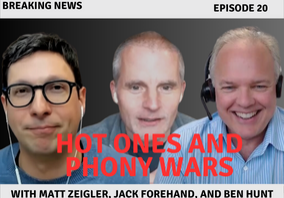


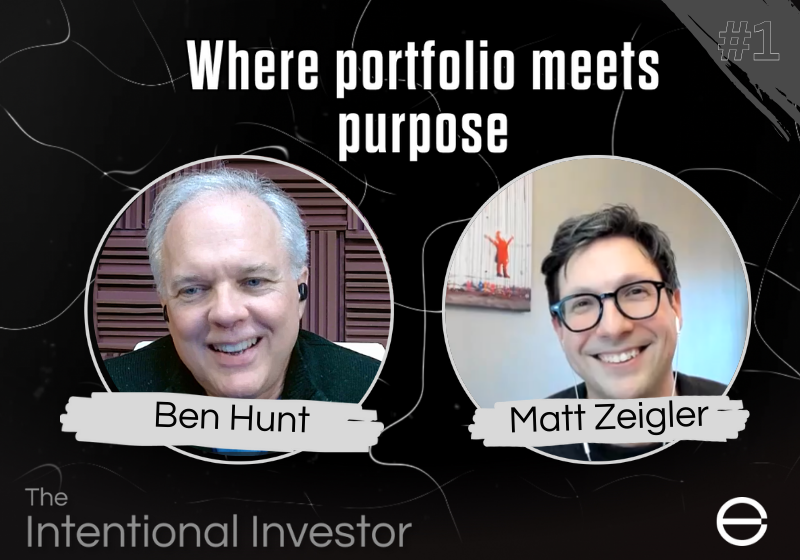
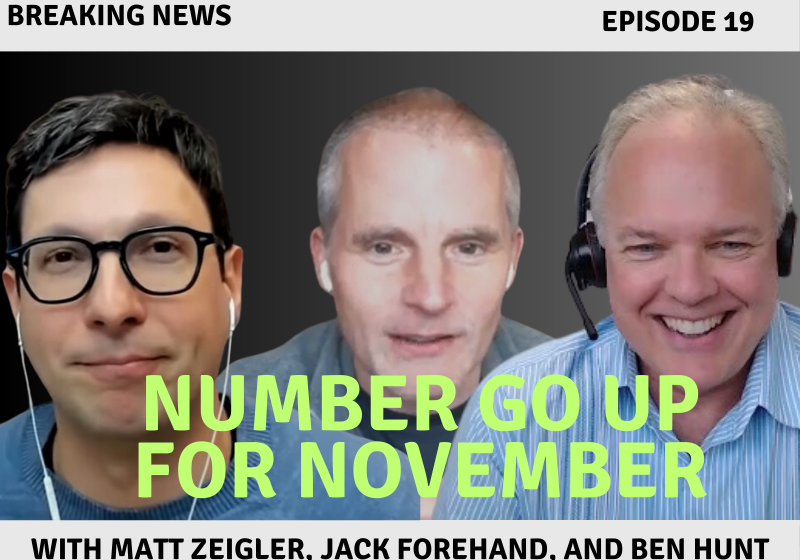
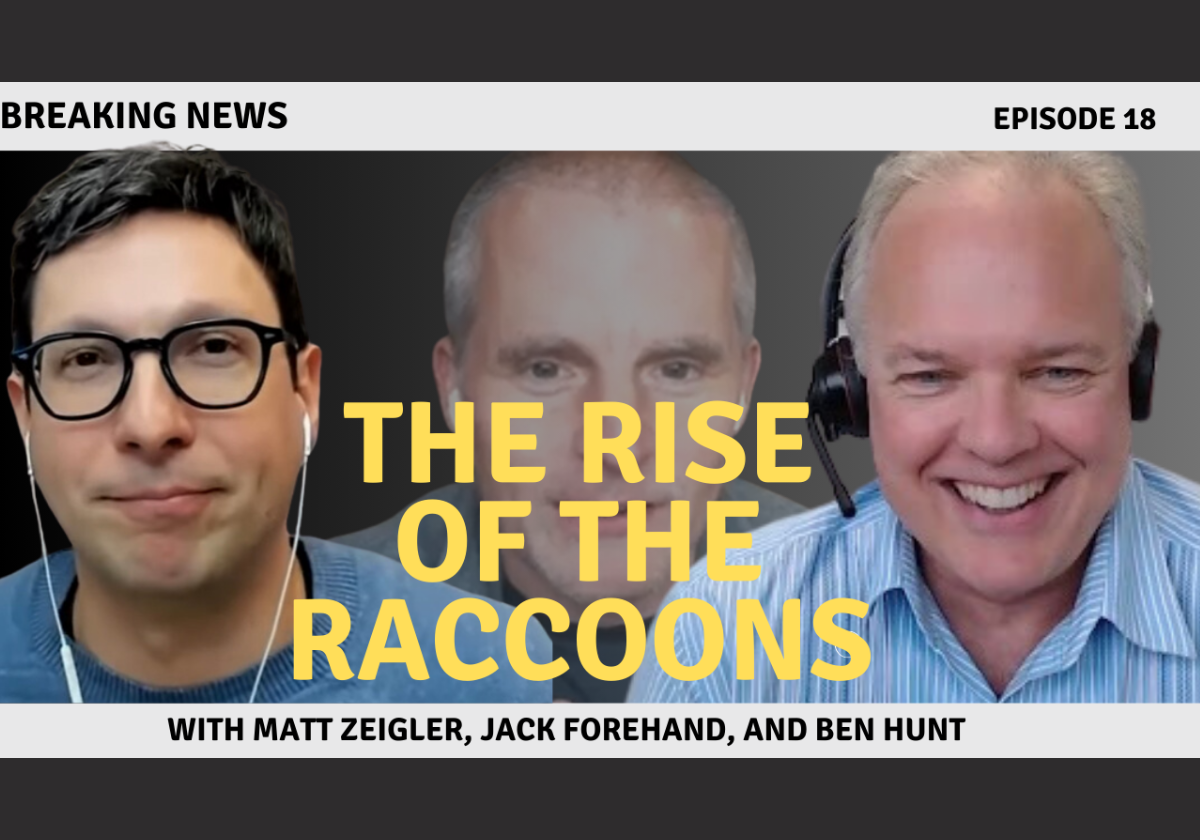
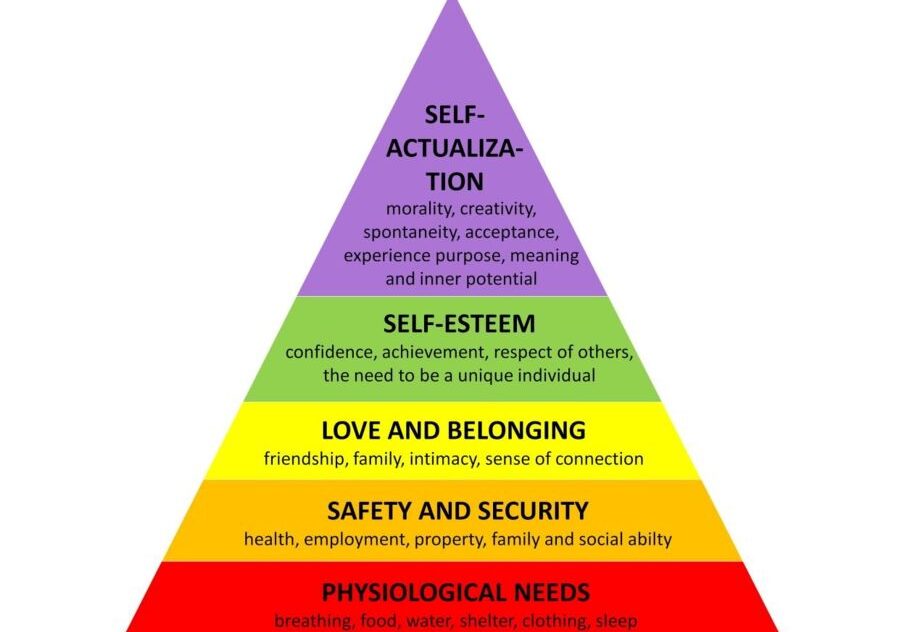
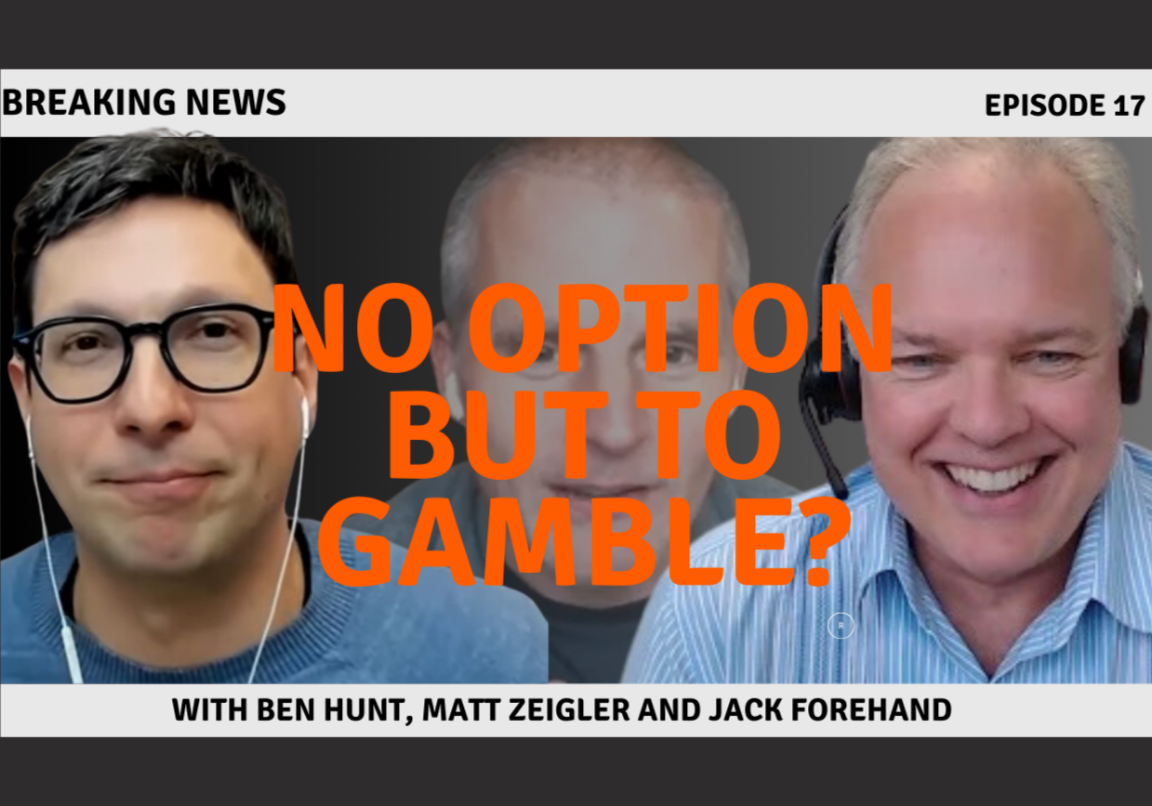

Sorry ahead of time as this rant devolves into an off topic IMHO. Teacher’s unions like other unions come with way too much accumulated baggage and layers of administrative/retention of power sclerosis. Will this narrative dissipate in 6 months before it gains much traction permanently damaging the staying power or resulting in leadership/focus of this union? I can’t say for sure but put a gun to my head I’d say no. Part of why I come down that way is another prominent narrative. Non union teachers are paid way too little (see OK, WV). A narrative that is missing in action is the woefully low educational and training bar one needs to hurdle to become a teacher along with the career necessity (to make a decent living wage) of moving into administration resulting in a too many chiefs, no indians cost burden on most school districts. These latter issues and how the union/parents react to them to me will ultimately determine the fate of whether or not we ever side step the 3rd rail.
Agreed. The lack of competence among teachers is a huge problem. I come from a family of teachers, so a lot of family friends and acquaintances are also teachers. Reading their Facebook posts makes one wonder how some of these people ever became qualified to teach anything. A college degree no longer guarantees any sort of competence, and so a major overhaul to the educational system, from top to bottom, is needed badly. I believe that overhaul needs to start in two areas: removal of standardized testing to be replaced with individualized programs that allow kids to learn at their own pace, and the removal of incompetent teachers that don’t know simple grammar and arithmetic. We have the technology to do both.
On top of that, education has become heavily influenced by postmodern intersectional theory. Whatever you think about that particular worldview, the fact remains that every graduating class of new teachers is slightly more influenced by this worldview. Does that belief system have a place in our schools? Religious teaching is largely banned from public schools, but intersectional theory is not.
Good thoughts, Rick, and not at all off-topic. Administrative bloat may be the most non-partisan middle ground we can start from across the board on education. Administrative bloat makes it more expensive for students / taxpayers, less rewarding for educators and produces results which are less directed toward student outcomes. To Cody’s point, it is also the vector for a lot of the more “religious” doctrines that make their way into some curricula, although that’s obviously a bit more true at the university level than it is at the primary and secondary levels where curriculum is generally a state matter.
Bottom-up efforts to resist entrenched interests have a way of evolving into entrenched interests themselves, it seems to be a natural process.
On the other hand, the Teachers’ Unions might find themselves left behind as the Democrats go ever deeper into courting suburban wine moms and other former Republicans. There may be more political room to address issues with TU’s.
Also, Karl Rove bears a striking resemblance to somebody I know, just can’t put my finger on it.
Along those lines, I’d add that a lack of experience outside academia is a significant issue in many (if not most) districts. However intelligent or well-meaning teachers are, lack of real-world experience leaves a huge hole in the body of knowledge being shared with students, high school students in particular. Not only does this increase the chance that kids are under-prepared for college and careers, but I think the inability to relate what is being learned to specific job requirements is a contributing factor where there are high dropout rates.
Districts needs to focus on genuinely preparing students for life in the workforce, and unions are going to need to support those efforts. If recent events provide an opening to start the ball rolling on these conversations, it will be a great opportunity for the Pack to get involved at the local district level to try and effect some change.
LOL I’m not sure where you’re going with that - Cheney? Certainly not Ben, who has flowing locks of hair these days.
>> “I remain concerned that this is a conversation that can and will be easily co-opted by those with a political interest in creating conflict between groups that have every reason to be aligned”
Who do you mean?
Could be anyone, but certainly the ones that come to mind are entrepreneurs in the two political parties who seek to gain influence and notoriety by stoking generalized anger against “lazy teachers” or “rich suburban Karens”, respectively.
Quite a bit of conversation within Republican circles has been about targeting a message about school choice whenever the subject of school openings comes up. I suspect that is exactly the sort of political interest co-opting you’re concerned with.
It certainly could and probably will be in specific instances. I certainly don’t think that “Schools aren’t opening when they should, they’re letting our kids down, and it is right that families and communities create systems that protect them from this happening again” is an inherently counterproductive direction to take the conversation. I think those are germane logical extensions of the actual topic and not necessarily a co-option via narrative. I DO think, perhaps in line with your observation, that it is a conversation that runs a high risk of being framed and sold in a way that capitalizes on anger by promoting memes against teachers who feel they haven’t gotten adequate support from their districts, etc.